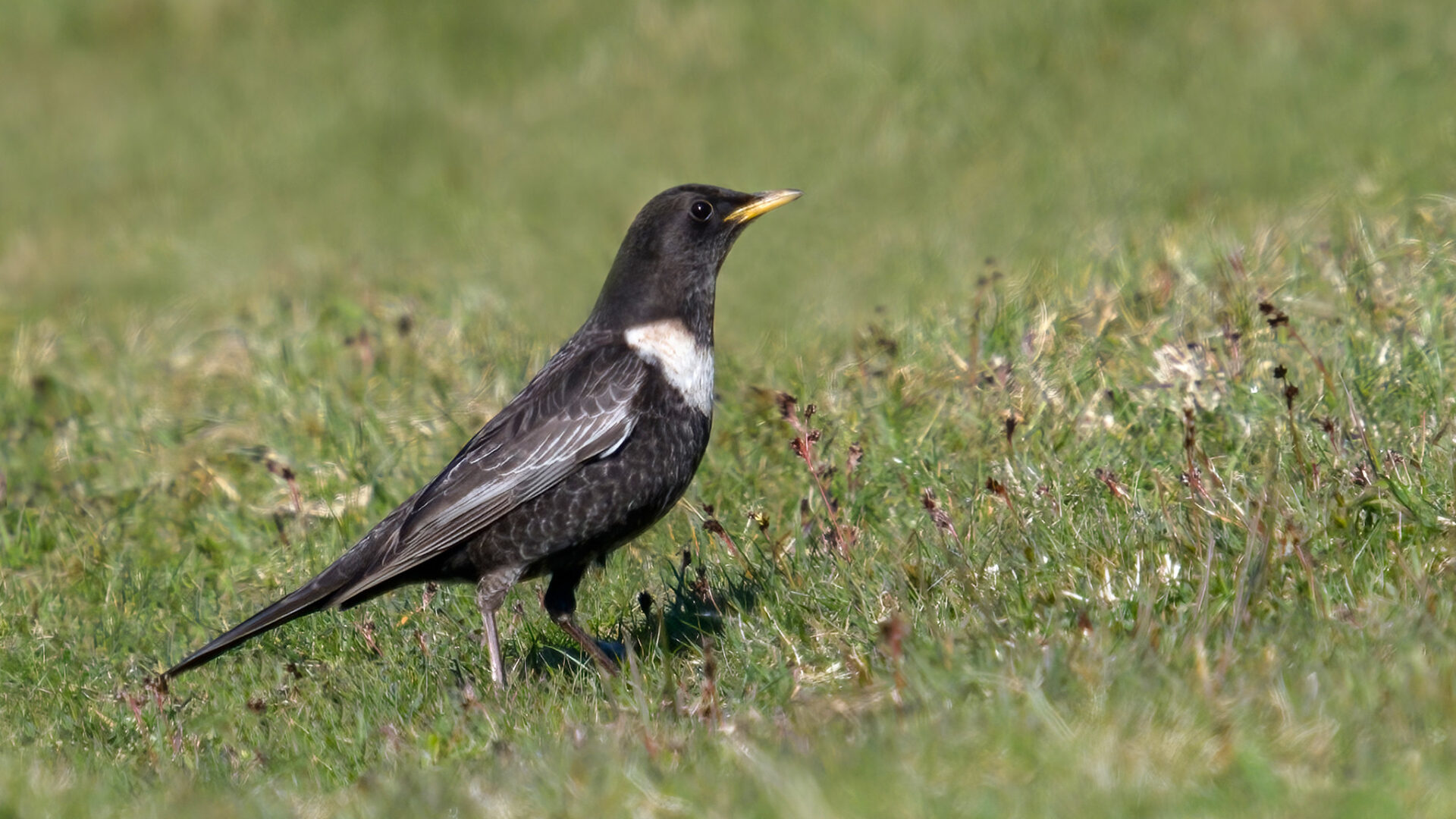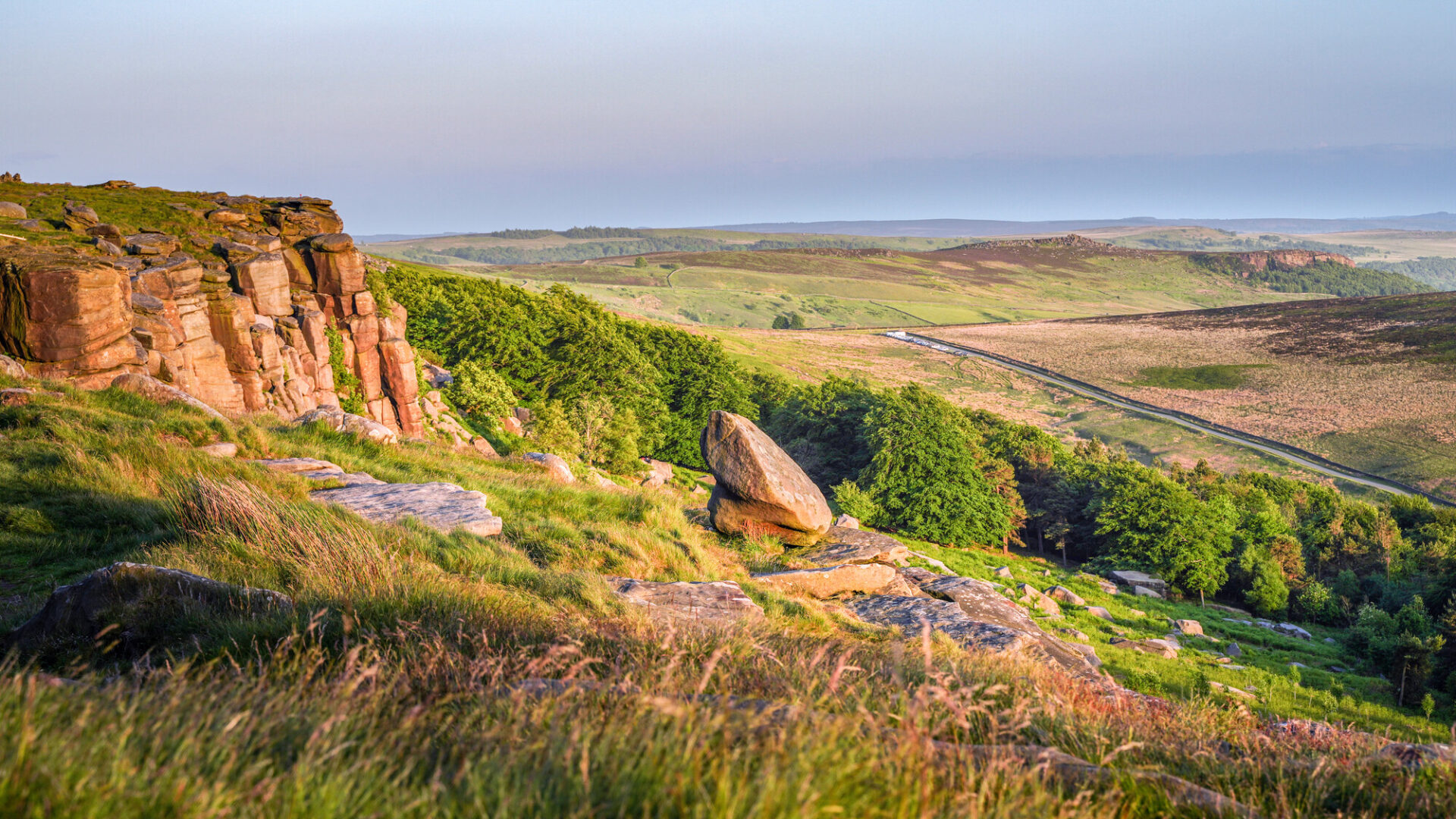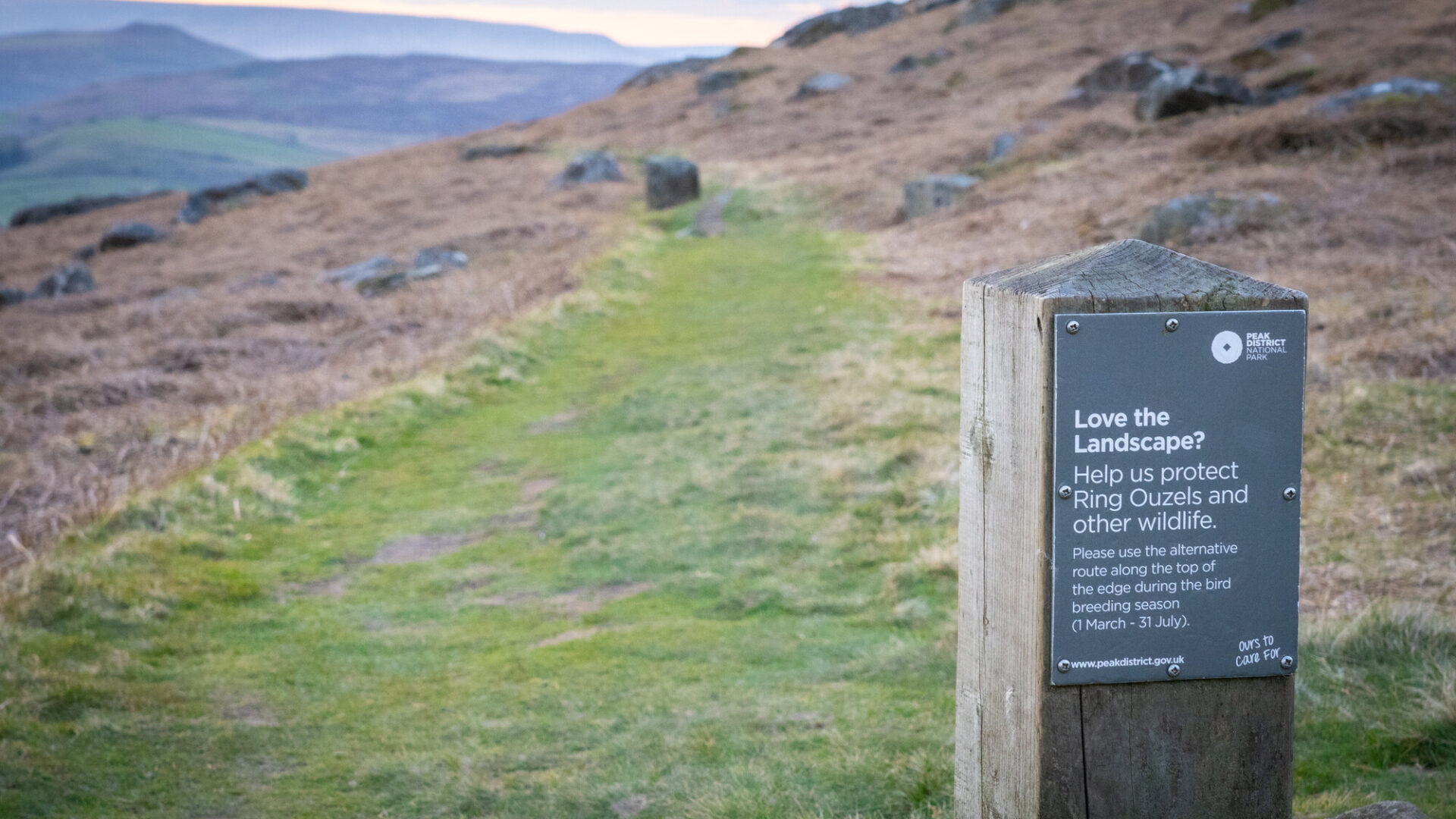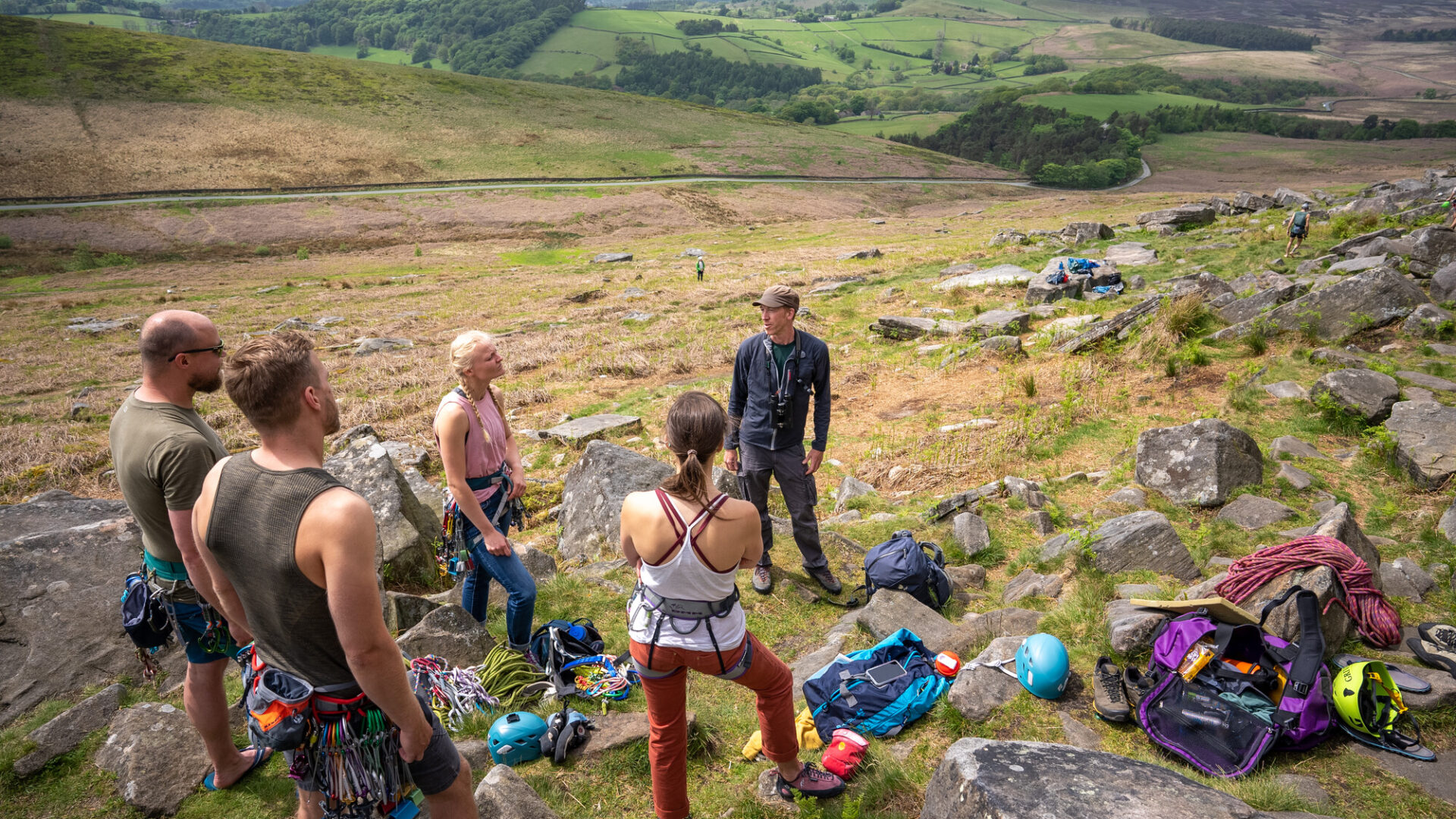
Discover: The Return of the Ring Ouzel
-
Date posted: 23/04/2025
-
Time to read: 4 mins
From a Mediterranean migration beginning in northwest Africa to the misty uplands of the Peak District National Park, the ring ouzel’s arrival marks the start of another breeding season. Tom Marshall follows the annual return of this elusive thrush, capturing a moment of magic in one of Britain’s most dramatic landscapes.
The Mountain Blackbird
I’m on a date. It’s not so much a regular ‘date night’, but more of an annual thing. As the frosty-fingered grip of winter starts to loosen each March, I know that soon I can head out to try and meet, or to take the birdwatcher’s parlance, ‘connect with’ my feathered friend.
The focus of my attention (or perhaps that should be affection), is the ring ouzel. Also known as the ‘mountain blackbird’ – for its otherwise untrained resemblance to the garden favourite – these striking thrushes live life on the edge, quite literally.
In the case of the Peak District National Park, that means the 60-70ft-plus gritstone escarpments of the iconic Stanage Edge, Burbage or Bamford edges amongst other unlikely-looking places to set up a seasonal home and raise a family.

And a summer sojourn it is, but only after a Mediterranean migration across the water from north west Africa where ring ouzels spend the winter far away from what may often be sub-zero snow and more.
On the Edge of a Glimpse
Today, it feels like winter is somewhat reluctant to relinquish its hold as a thick mist hugs the square-edged rocks and the idea of spotting anything seems far-fetched.
As always in the uplands however, no few minutes are the same and soon a bright circular disk of sunshine looks set to carve a path through the cloak of whiteness.
That’s when the sound breaks through the breeze. A gritty ‘chack-chacking’ which could be from any thrushes’ repertoire but today means my date has hopefully arrived.
The slabby grey acoustics of the Edge aren’t helping to pinpoint the source, but suddenly a burst of silvery-tipped wings and there it is – a ring ouzel. They’re back.

In this case, it’s a male in all his spring arrival finery. Rather more lithe in appearance than a blackbird and with a less defined orange-yellow beak, the obvious giveaway is the striking white crescent across his chest. As if that were not enough, this particular fella is also wearing some bling – a set of not one, but three leg rings. That’s exciting.
Monitoring an Elusive Thrush
That means that he’s either been tracked by conservation experts right here in the Peak District, or perhaps elsewhere in the UK, as far north as Scotland. A quick text message to the local surveyor and the verdict is in; his colour combination of white, green and red chalks him up as a Peak District youngster from last year, who’s now made it back to start his own Stanage story. I’m thrilled.
Very much on the southern UK limits of their particular ecological niche in the Peak District, ring ouzels are one of many birds and other wildlife that I have always had a soft spot for. Those that exploit such tough, seemingly impossible locations and odds, but that which make the challenge of seeing them all the more engaging and satisfying.

With his sunny stage now set to welcome other recently arrived female ring ouzels, it means the following weeks will see valuable conservation programmes get underway as local volunteers and rangers map-out nesting sites and rock climbers do their bit to avoid disturbing family business. It’s a win-win for everyone.
By the autumn, with a belly full of rowan berries and more they’ll be back on their way.
My date is over for this year. Will I be calling again? Most definitely.

Tom Marshall
Tom Marshall was the Peak District National Park Authority’s Communications Manager for over seven years but has been enjoying wildlife in the UK’s first National Park for much longer. After roles and time as a photographer in Scotland, Cheshire, Yorkshire and New Zealand, Tom returned to his ‘home’ National Park and now lives close to neighbouring Sheffield. He’s rarely seen without a pair of binoculars.
Main image: a male ring ouzel © Tim Melling